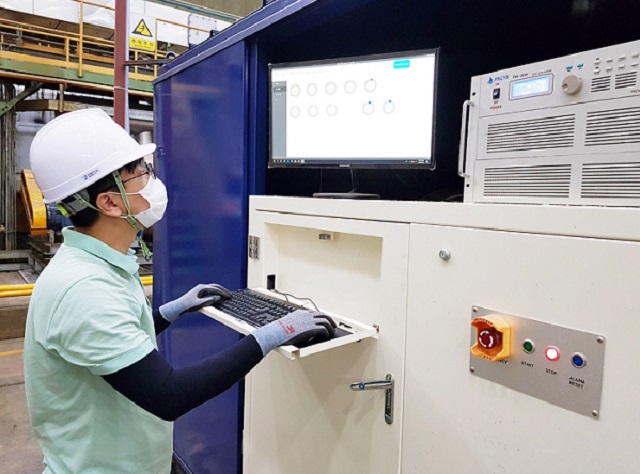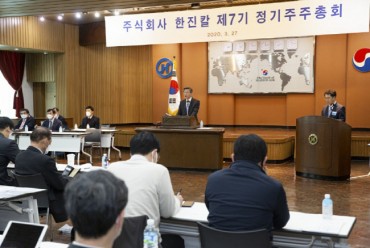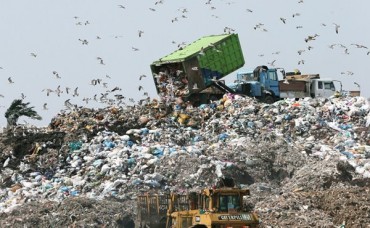
Thermoelectric power generation is drawing significant attention as a new source of renewable energy. (image: KCC Corp.)
SEOUL, July 3 (Korea Bizwire) — KCC Corp., a major construction materials producer, announced on Thursday that in collaboration with Pohang University of Science and Technology (POSTECH), it had succeeded in turning waste factory heat into electric energy for the first time in South Korea.
The two entities teamed up to carry out an empirical experiment to realize thermoelectric power generation by making use of the “thermoelectric module-based energy withdrawal technology” developed by POSTECH researchers led by Baek Chang-ki, professor of Creative IT Engineering, at KCC’s Gimcheon Plant in North Gyeongsang Province.
Thermoelectric power generation refers to the technology of converting heat energy directly into electric energy by using temperature difference between a high-temperature area and low-temperature area formed in the thermoelectric resources.
This technology is drawing significant attention as a new source of renewable energy since it contributes to enhancing the efficiency of energy consumption by producing electricity using waste factory heat.
It also enables the generation of electricity simply by using natural energy resources such as solar heat, geothermal heat and ocean temperature differences.
“It’s very rare for empirical experiments on thermoelectric power generation to be conducted in a real industrial site. KCC took the risk of offering its production line under operation as an environment for the experiment,” a KCC officials said.
KCC’s Gimcheon Plant is currently engaged in the production of inorganic insulation materials such as glass wool, mineral wool and Cerak wool.
The plant generates a huge amount of heat during the production process since its products are made by melting inorganic materials such as silica and limestone.
J. S. Shin (js_shin@koreabizwire.com)




![[Kobiz Feature] The Age of No Tie Has Come [Kobiz Feature] The Age of No Tie Has Come](http://koreabizwire.com/wp/wp-content/uploads/2013/11/6512201999_aa66e3fcd5_z-370x247.jpg)

